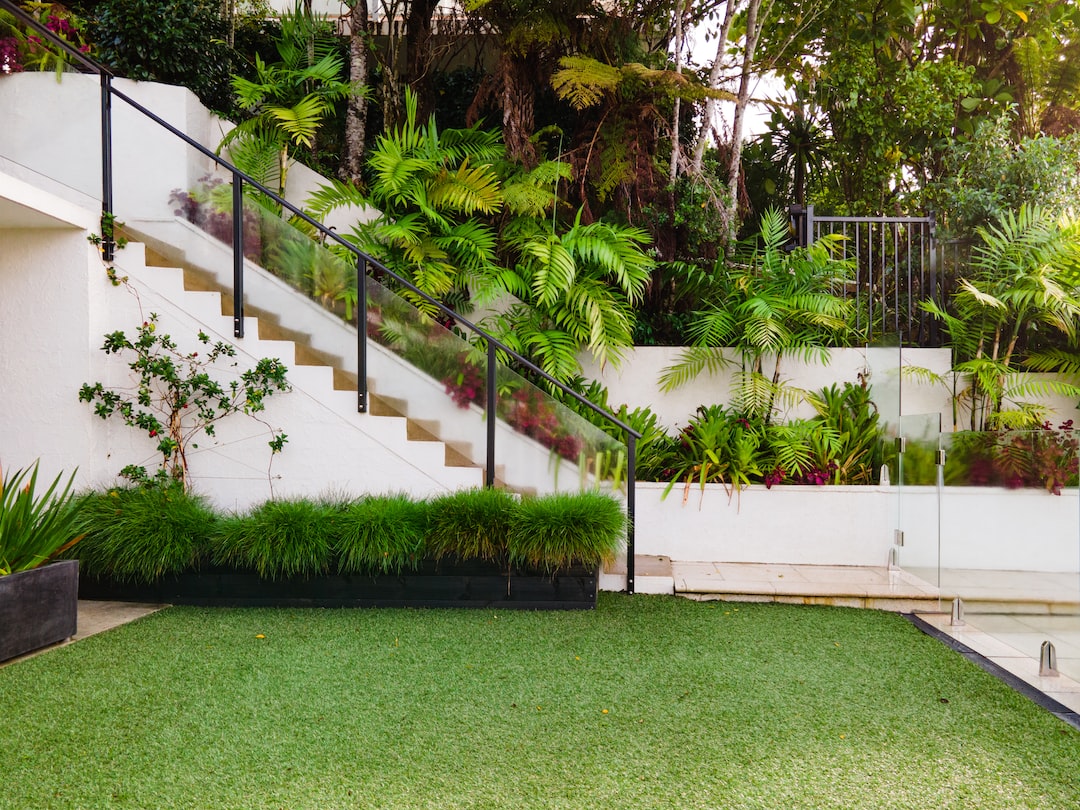With the constant hustle and bustle of everyday life, it’s no wonder that many people crave a peaceful sanctuary where they can escape from the chaos and find tranquility. A Zen garden is the perfect solution for creating a serene and harmonious space right in your backyard. Inspired by Japanese rock gardens, Zen gardens are known for their simplistic yet elegant design, incorporating natural elements and minimalistic features. In this blog post, we will guide you through the process of designing a relaxing Zen garden, allowing you to create an oasis of calmness in your own outdoor space.
Step 1: Choosing the Right Location
The first and most crucial step in designing a Zen garden is selecting the perfect location. Look for an area in your backyard that receives ample sunlight but also provides some shade. It should be a peaceful spot away from noise, where you can truly unwind and connect with nature. Consider removing any distractions, such as nearby toys or unsightly objects, to create a clean and clutter-free environment.
Step 2: Create a Balanced Design
Zen gardens are all about creating a sense of balance and harmony. The fundamental principle here is to keep things simple and avoid overcrowding the space. Start by outlining the shape and size of your garden. Traditionally, Zen gardens are square or rectangular in shape, but you can also experiment with circular or irregular designs. Pay attention to symmetry and proportion, as these elements contribute to the calming effect of the garden.
Step 3: Utilize Natural Elements
Nature plays an essential role in Zen garden design. Incorporate natural elements such as rocks, gravel, sand, and plants. Rocks symbolize mountains and should be arranged in groups of odd numbers, as even numbers are considered imbalanced. The gravel or sand can represent water and can be raked into flowing patterns, resembling the movement of water. Choose plants that thrive in your climate and complement the overall aesthetic; bamboo, evergreen shrubs, and flowering plants are often used in Zen gardens.
Step 4: Find Peace in Water
Water features can greatly enhance the tranquility of your Zen garden. The sound of water flowing can be incredibly soothing and mesmerizing. A small pond or a simple water fountain can create a calm atmosphere, establishing a focal point in your garden. Ensure that the water feature blends seamlessly with the overall design and that it is not too overpowering. Remember, simplicity is key.
Step 5: Add Seating for Relaxation
A Zen garden is meant to be experienced and enjoyed, so include a comfortable seating area where you can sit, meditate, or simply observe the beauty around you. A wooden bench or a set of meditation cushions can be placed strategically to encourage relaxation and contemplation. Make sure the seating area is positioned in a way that allows you to appreciate the different elements of the garden.
Step 6: Maintenance and Care
Once your Zen garden is complete, proper maintenance is essential to ensure its long-term beauty and functionality. Regularly rake the gravel or sand to maintain patterns and remove fallen leaves or debris. Prune the plants to promote healthy growth and remove any dying foliage. Keep the water feature clean and clear of any dirt or algae. Taking care of your garden will not only preserve its aesthetics but also contribute to the constant sense of calm it provides.
In conclusion, designing a relaxing Zen garden in your backyard is an opportunity to create an oasis of peace and tranquility that becomes an escape from the stress and chaos of everyday life. By carefully selecting the location, focusing on simplicity and balance, utilizing natural elements, incorporating water features, adding comfortable seating, and maintaining the garden regularly, you can create a space that not only looks stunning but also brings a sense of serenity and calmness to your life. So, take a step back, breathe, and let the Zen garden transport you to a world of relaxation and inner peace.

